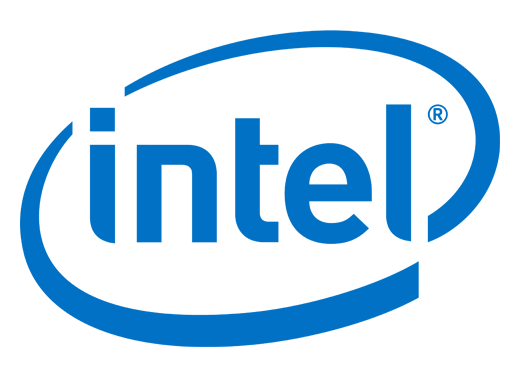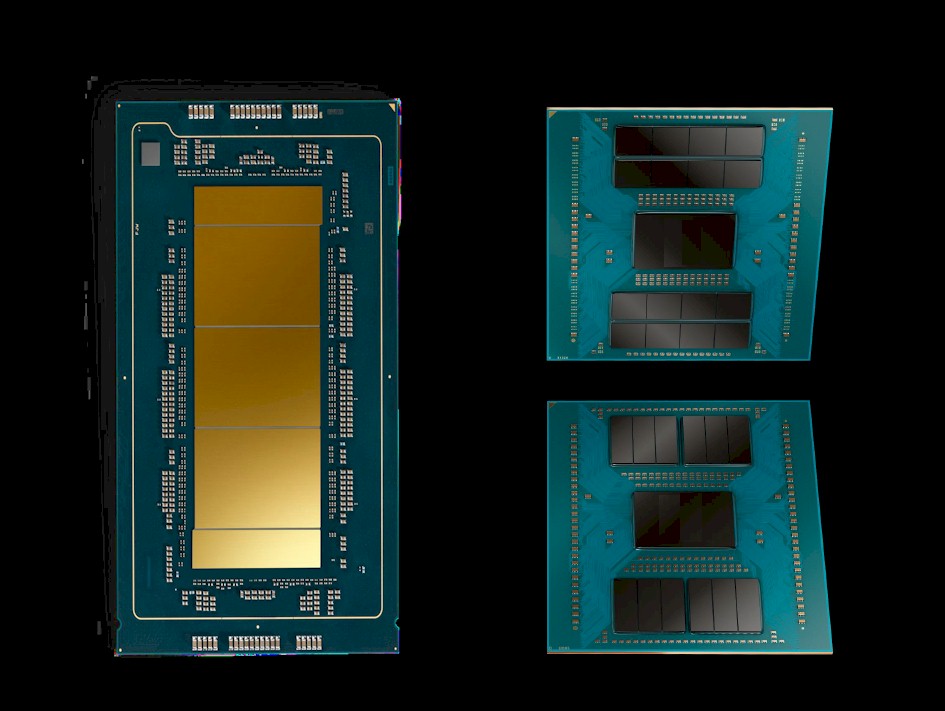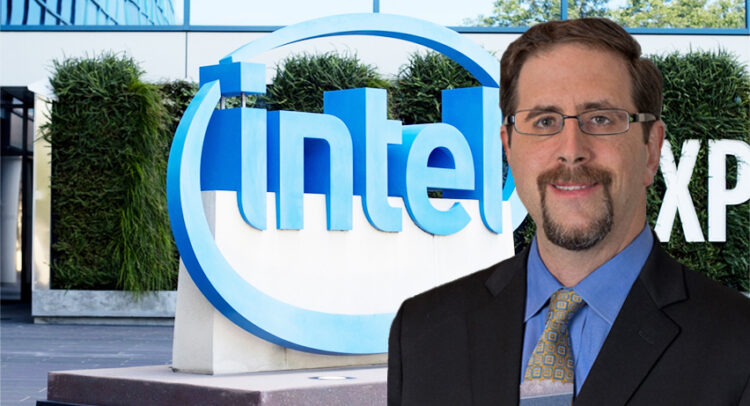Since SemiAccurate
broke the story about Intel being an acquisition target last Friday, there has been a lot of speculation and rumor. While researching the topic we came across, and verified, another current suitor for Intel fabs.
Now we realize that that in Friday’s piece we said Intel was an acquisition target whole and the above paragraph appears to contradict this. While pulling on threads, SemiAccurate heard quite a few rumors and obvious speculation. Topping this list are people claiming that tech CEOs going to Mar-A-Lago en masse are obviously doing so to talk about Intel and purchasing it. Some of those names correspond to earlier rumors, since disproven, so what else could it possibly be?
Perhaps, you know, tech leaders going to meet the president elect to talk policy? I know it is a stretch but, stay with me here, there was a meeting on this topic to express views and hopefully influence policy. Unfortunately such things do not lend themselves well to the self-aggrandizing and questionable business models of clickbait sites so ‘INTEL GETS THE BUYZ!!!!’ it has to be, right?
Back to sanity, SemiAccurate heard another name that was said to be in active talks with Intel over the fabs. This isn’t to say the company in question is interested in buying them all, it could just be a specific one or unloading unneeded equipment. We were able to verify that this company and Intel are talking about the fabs but not specifically what parts. So who is this mystery company and what does this new twist portend?






